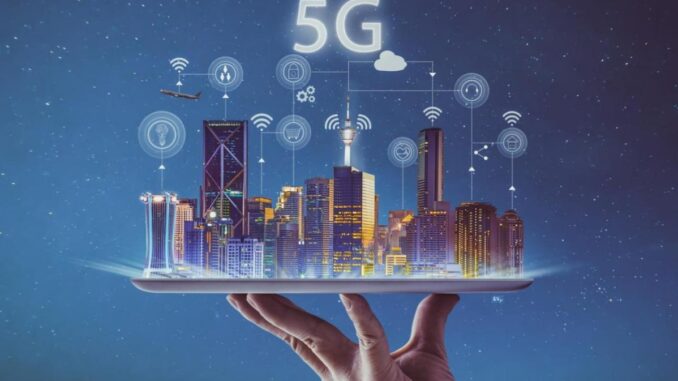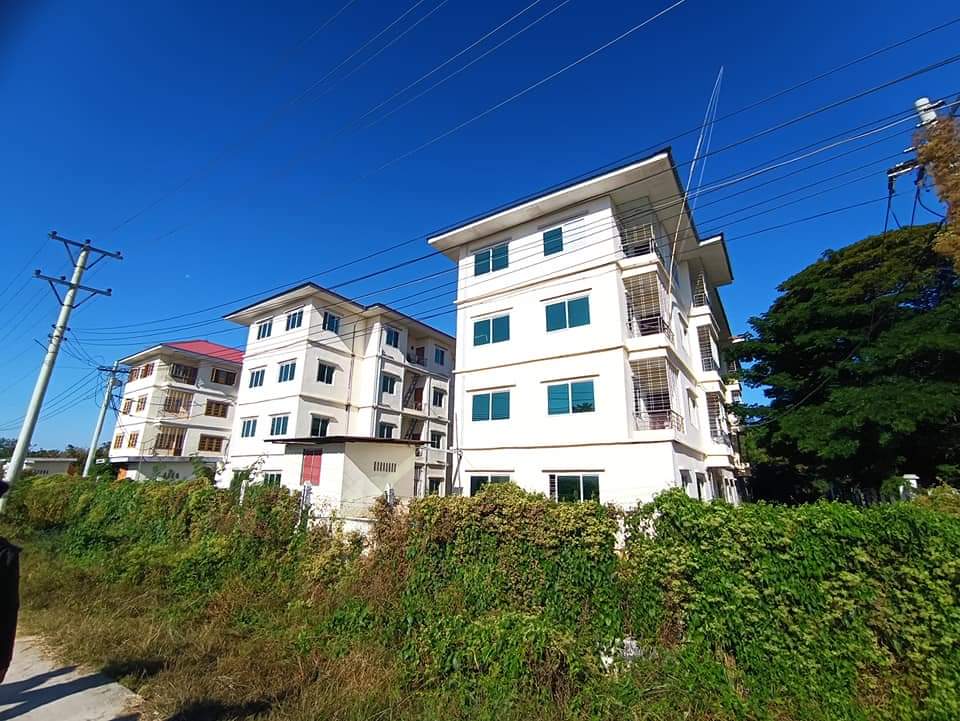
Scale: 5G can support up to a million devices per square kilometer, enabling the vast deployment of IoT devices in smart cities, industrial environments, and homes.
Smart Cities: 5G will connect sensors, cameras, and other devices to manage traffic, waste, energy, and other urban services more efficiently.








2. Ultra-Low Latency
Real-Time Applications: With latency as low as 1 millisecond, 5G makes it possible for IoT applications that require real-time communication, such as autonomous vehicles, remote surgery, and industrial automation.
Autonomous Vehicles: Cars will communicate with each other and infrastructure almost instantly, improving safety and efficiency.
3. Increased Reliability
Critical Applications: 5G’s enhanced reliability ensures that IoT devices in critical applications, like healthcare and emergency services, function without interruptions.
Remote Healthcare: IoT devices in healthcare, such as wearable health monitors, can provide real-time data to doctors and hospitals, improving patient outcomes.
4. Energy Efficiency
Battery Life: 5G networks are designed to be more energy-efficient, which is critical for IoT devices that need to operate for long periods without frequent battery replacements.
Environmental Monitoring: IoT sensors powered by 5G can monitor environmental conditions, such as air and water quality, and send data with minimal power consumption.
5. Enhanced Data Transfer
Big Data: IoT devices generate vast amounts of data. 5G’s high bandwidth allows for the fast and efficient transfer of this data, enabling real-time analytics and decision-making.
Industrial IoT (IIoT): In manufacturing, 5G will enable faster data exchange between machines, leading to more efficient production processes and predictive maintenance.
6. Edge Computing
Processing at the Edge: 5G supports edge computing, where data is processed closer to where it is generated. This reduces latency and the need for constant data transmission to centralized data centers, making IoT systems more efficient and responsive.
Smart Homes and Devices: IoT devices in smart homes can process data locally, improving performance and reducing the dependency on cloud-based systems.

Leave a Reply